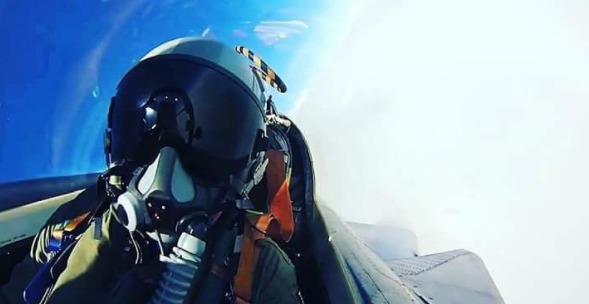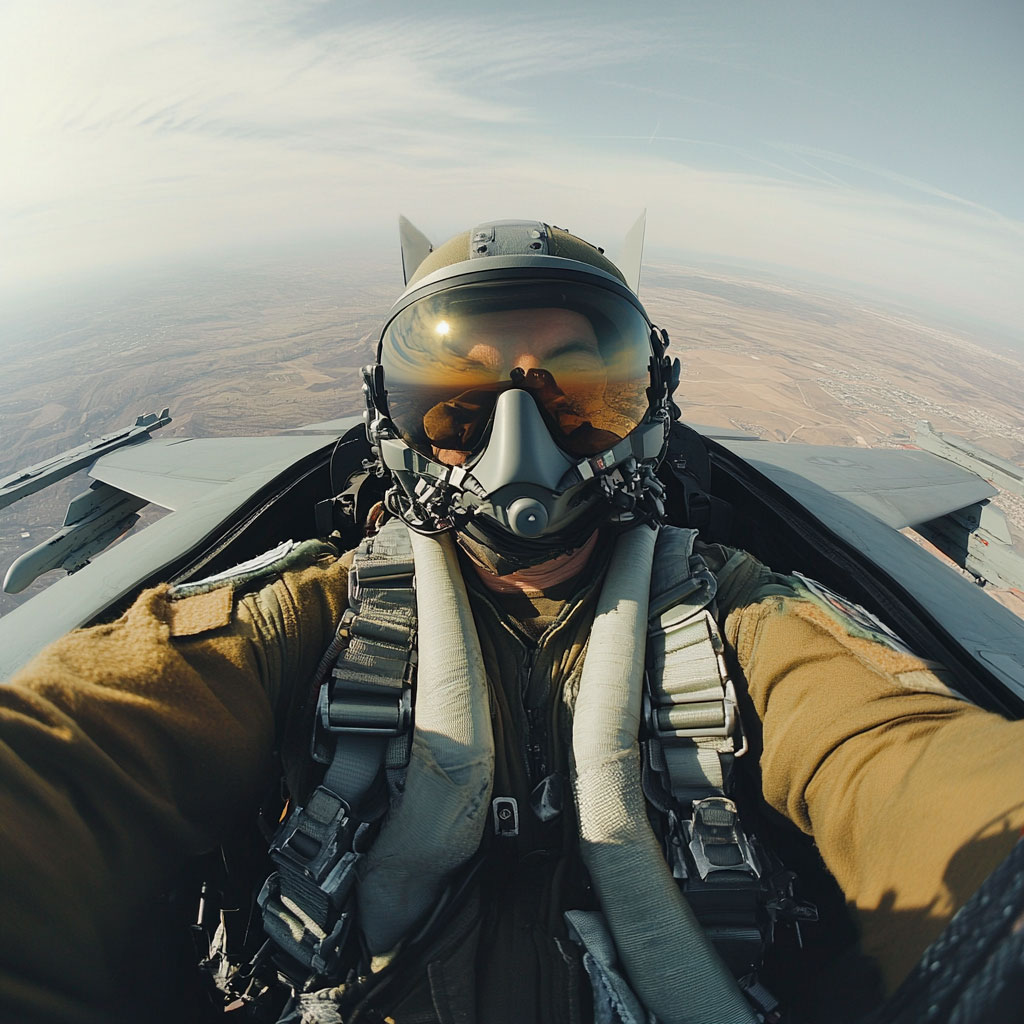
Understanding the Multi-Service Tactical Brevity Code, a key communication tool between fighter pilots, aircraft, and allied forces during tactical operations.
The Multi-Service Tactical Brevity Code (MSTBC) is a codified lexicon shared by the air, land, and naval forces of the United States and its allies, designed to make military communications more concise and accurate. It allows a fighter pilot, forward air controller, or anti-aircraft unit to transmit critical information in a few standardized words that are instantly understood by all parties involved. These codes are used in scenarios involving air warfare, close air support, interception, and tactical radar control. Their use limits errors, reduces transmission times, and improves inter-service coordination. Understanding the structure, challenges, and practical uses of this code is essential to grasping the workings of modern military communications, particularly in the context of an operation involving multinational fighter jets operating in hostile environments.

An inter-service standard for standardized communications
The Multi-Service Tactical Brevity Code is the result of a standardization effort between the branches of the US armed forces (USAF, Navy, Marine Corps, Army) and their NATO allies, notably through ATP 1-01 (Air-to-Air Brevity Words), which is one of its references. The main document is published by the Joint Chiefs of Staff, under the designation ATP 3-52.1/MCRP 3-30.7/NTTP 3-56.2/AFTTP 3-2.5. It was last updated in June 2022. This code contains more than 250 coded terms used to transmit orders, statuses, alerts, observations, or queries without ambiguity.
For example, the order “FOX THREE” means that the pilot has just fired an active radar-guided air-to-air missile, such as an AIM-120 AMRAAM. “WINCHESTER” indicates that the unit has no ammunition left. “SPLASH” means that a target has been destroyed. These words, although short, condense critical information, often in situations where every second counts.
The MSTBC is based on the principle of reducing cognitive load: the fighter pilot does not have to formulate a complete sentence, but uses a standard term that is known to everyone and can be understood even in conditions of heavy radio interference or intense stress.
This codification is also used in air combat simulators and in training procedures such as Red Flag, Top Gun, and TLP Albacete. The rigorous use of MSTBC is therefore taught from the initial training of pilots and maintained throughout their careers. In a modern war environment, where fighter aircraft of different nationalities must cooperate, this common language becomes a tactical lever as important as the weapons themselves.
Examples of tactical use in an operational setting
A fighter pilot engaged in an interception or close support mission has only a few seconds to communicate a threat, maneuver, or action. In this context, the Multi-Service Tactical Brevity Code structures operational dialogue around simple, universal terms.
Let’s take a typical interception mission over the Baltic Sea: two German Eurofighters receive a message “BOGEY BRAA 320/45/27000/FAST” from their controller. This phrase means that an unidentified aircraft (BOGEY) is at azimuth 320°, 45 nautical miles away, at an altitude of 27,000 feet (approximately 8,200 meters), and moving fast. Such an alert triggers an immediate and unambiguous intercept climb.
During close air support in Afghanistan, an advanced controller may order “CLEARED HOT” to authorize immediate firing, or ‘ABORT’ to cancel it. These terms are part of the “9 lines” procedure, the standard format for guiding air support.
The code also applies to electronic warfare:
“MUSIC ON” indicates that active radar jamming is engaged. ‘RAYGUN’ is used to signal that a fire control radar is targeting a target. The recipient can respond “NEGATIVE CONTACT” if they do not detect the transmission, or “BUDDY SPIKE” if they are being targeted by friendly radar.
These words replace entire sentences and make the action flow more smoothly. In air combat, this eliminates the risk of misinterpretation: a message such as “KNOCK-IT-OFF” means immediate cessation of the exercise or simulated combat.
This is not useless jargon, but a condensed language born of real-world combat experience, developed to function under stress, with degraded radio communications, high background noise, and even in the absence of radar visibility.
Limitations, abuses, and modern adaptations
Despite its usefulness, the Multi-Service Tactical Brevity Code is not without its limitations. On the one hand, it requires rigorous ongoing training. The slightest confusion in terms, or mispronunciation, can lead to serious tactical errors, especially in a live-fire situation.
On the other hand, each coalition sometimes introduces its own variations or priorities. For example, certain terms such as “ANGELS” (altitude in thousands of feet) are not always used in the same way by non-English-speaking armies. This complicates coordination during multinational exercises, especially in ad hoc coalitions such as in Syria, the Sahel, or the South China Sea.
Technological developments are also changing the use of these codes. With data fusion, the tactical displays of modern aircraft (Rafale F4, F-35 Block 4, Gripen E) show accurate information about the environment without the pilot always needing to communicate verbally. However, the MSTBC remains essential in the event of jamming, loss of data link, or contact with an actor not integrated into the digital network.
Finally, the war in Ukraine has shown that in mixed environments—drones, artillery, infantry, fighter jets—the use of MSTBC or its Russian equivalents is vital to reducing friendly fire losses. Coded language is therefore a tool for resilience as much as a means of command.

A tool of war that remains central
The Multi-Service Tactical Brevity Code is a structuring element of modern warfare. It enables a fighter pilot, air traffic controller or radar officer to communicate critical tactical data in real time, in a common language shared within coalitions.
It is based on a logic of precision, conciseness and standardization, designed to work even under extreme conditions. Its correct use requires strict discipline and ongoing training. Despite advances in data links and sensor-effector fusion, verbal language remains the ultimate safety net in the face of tactical uncertainty.
In a saturated theater of operations, where dozens of platforms (AWACS, drones, fighter jets, ground-to-air batteries) are operating, this code is a linguistic safety net. Without it, air superiority cannot be effectively exercised, regardless of the technology employed.
War Wings Daily is an independant magazine.